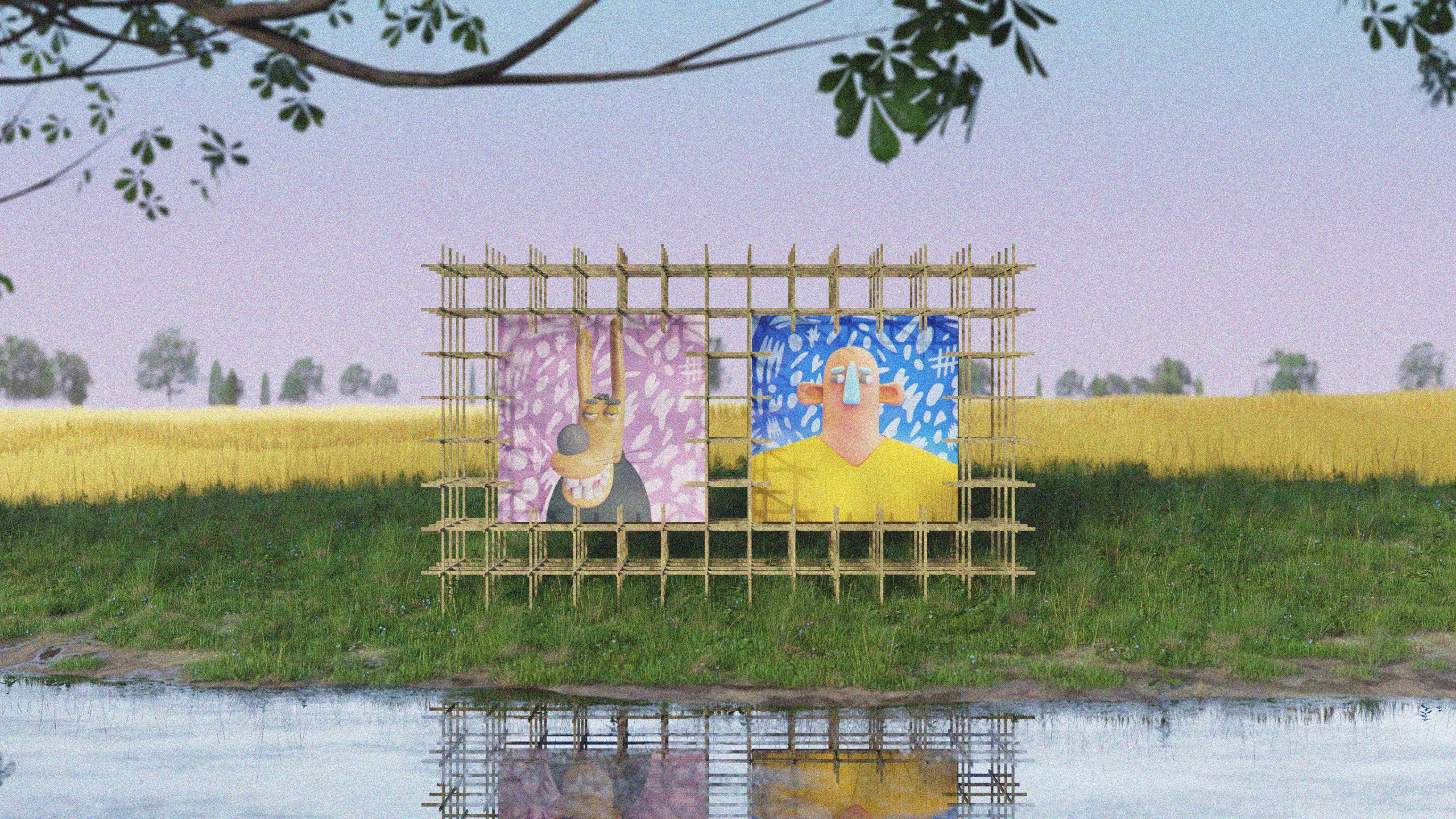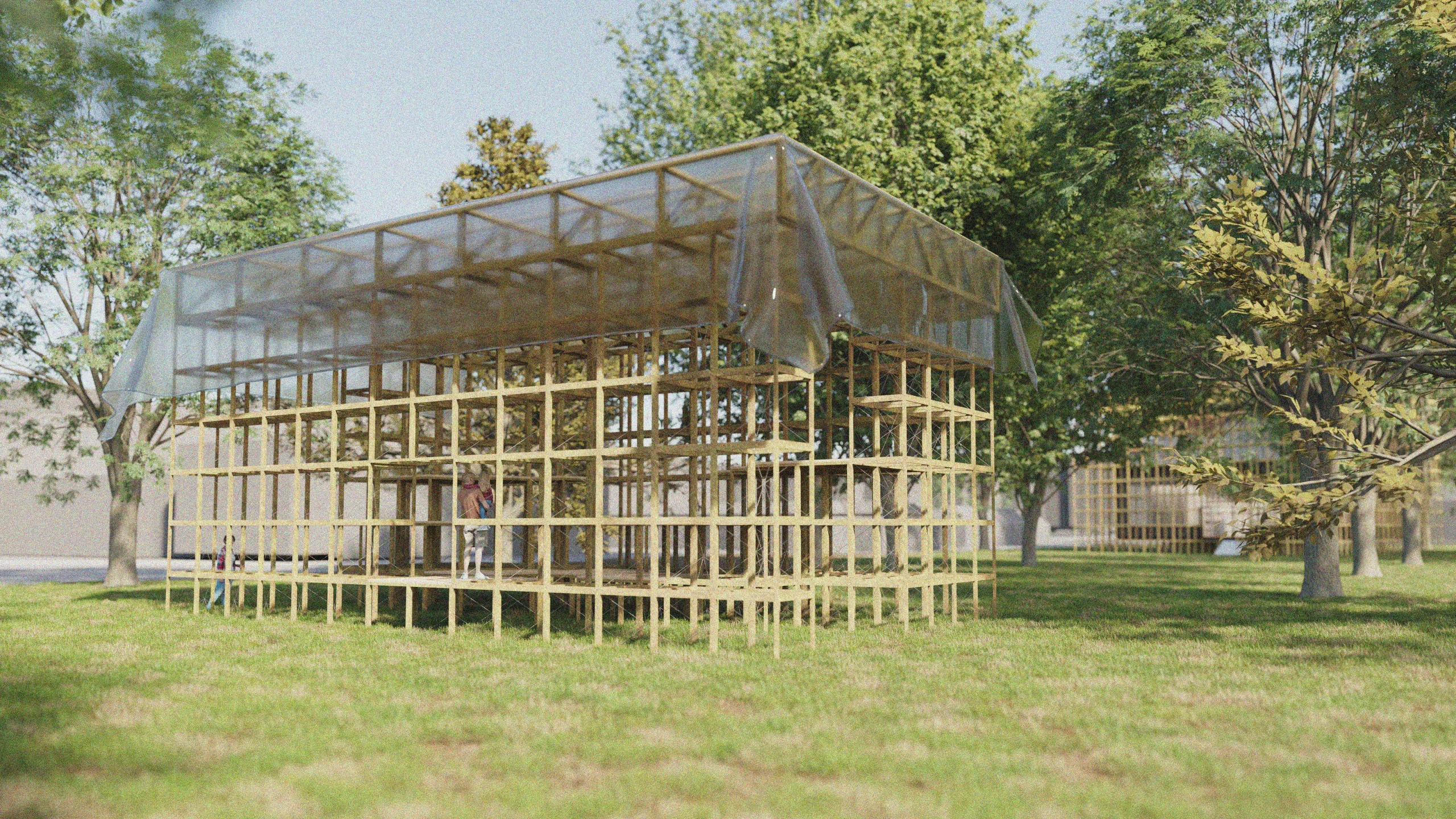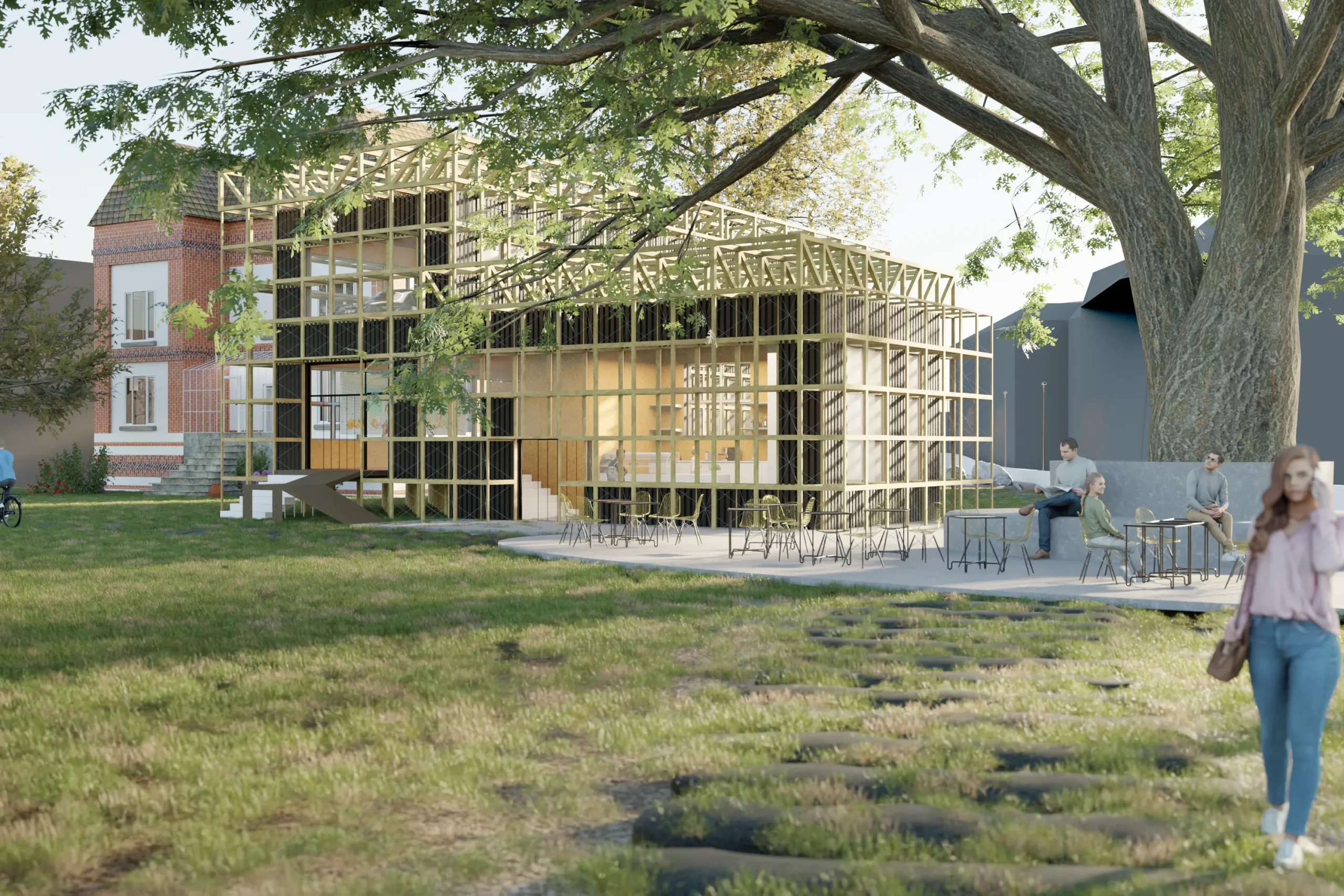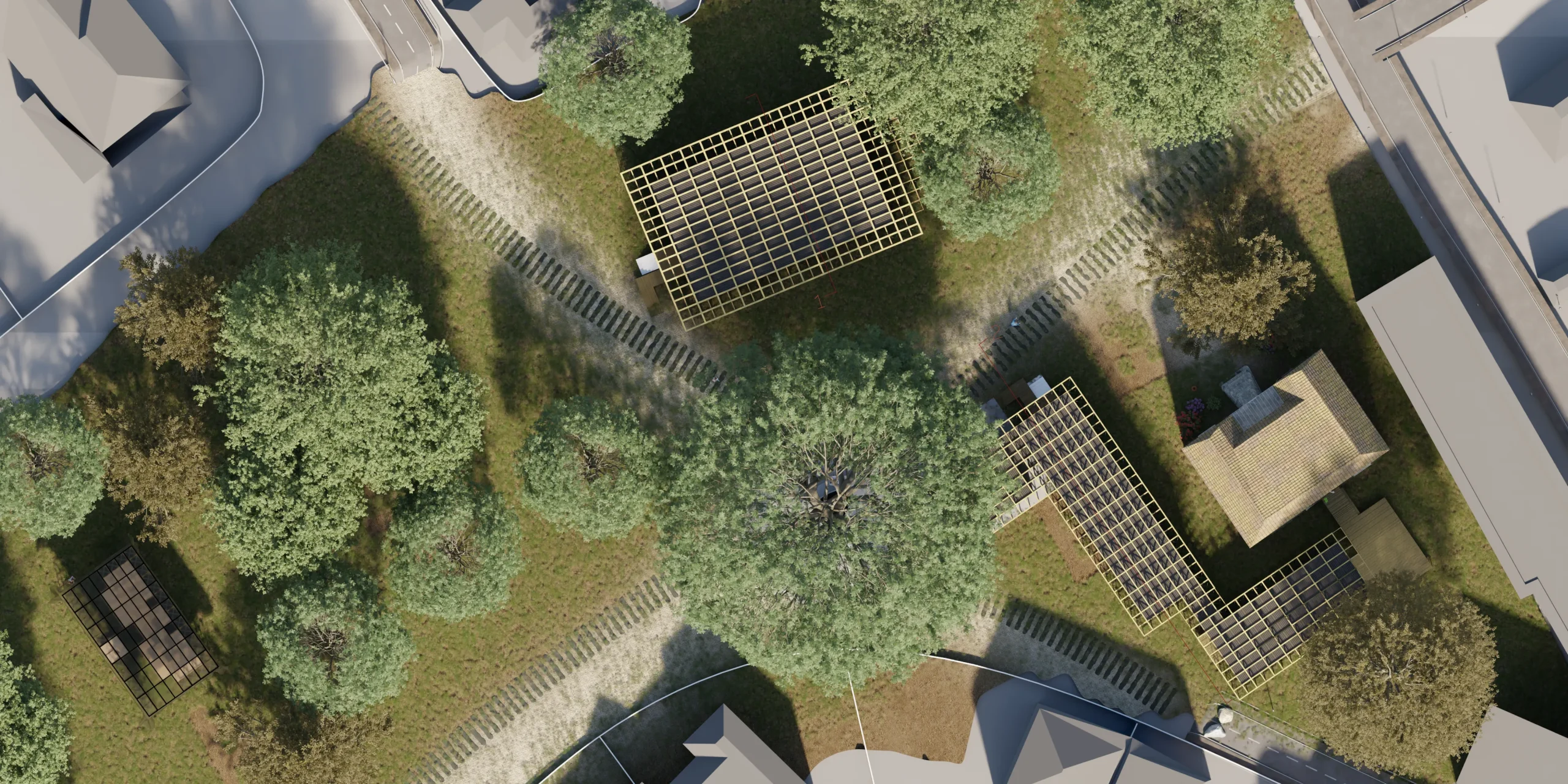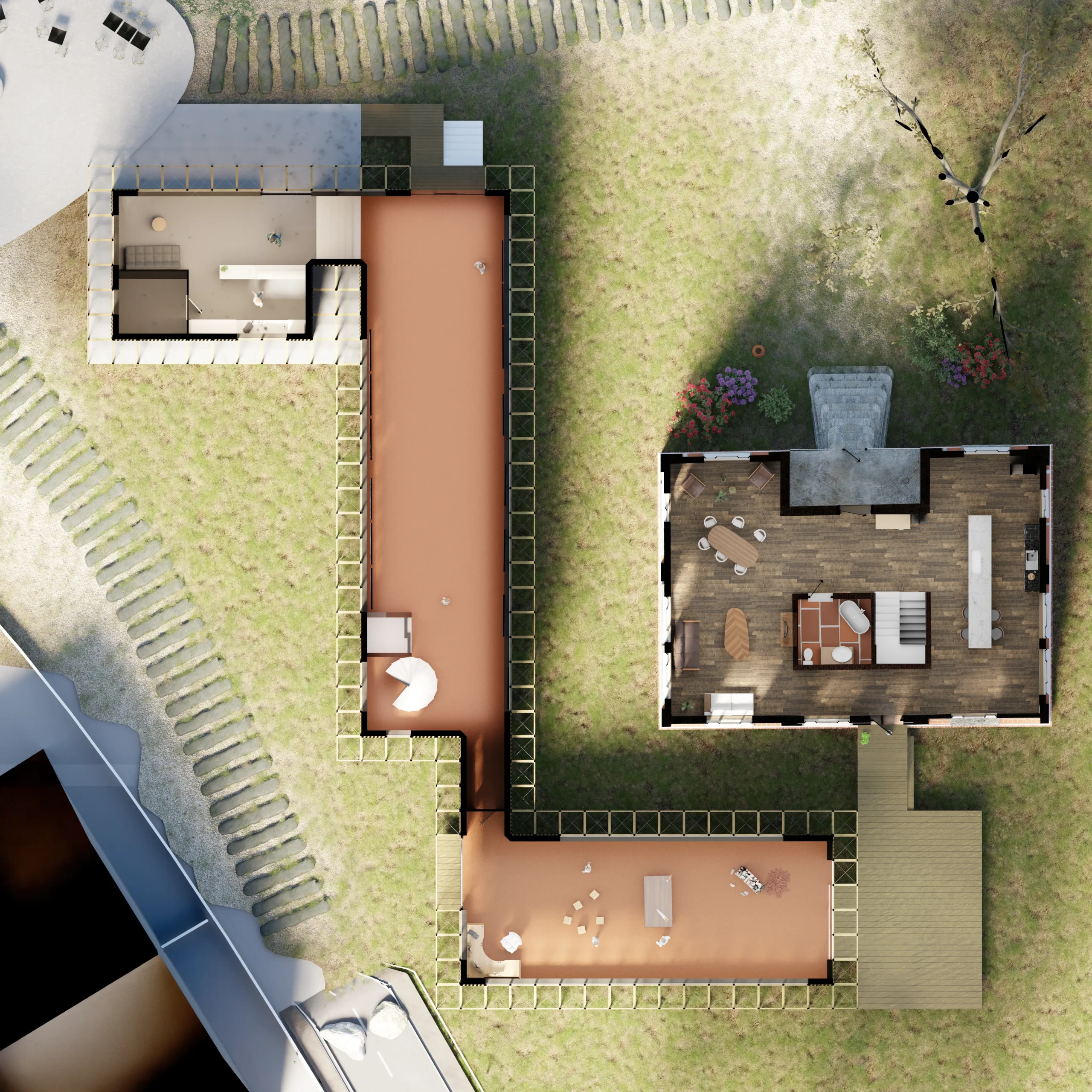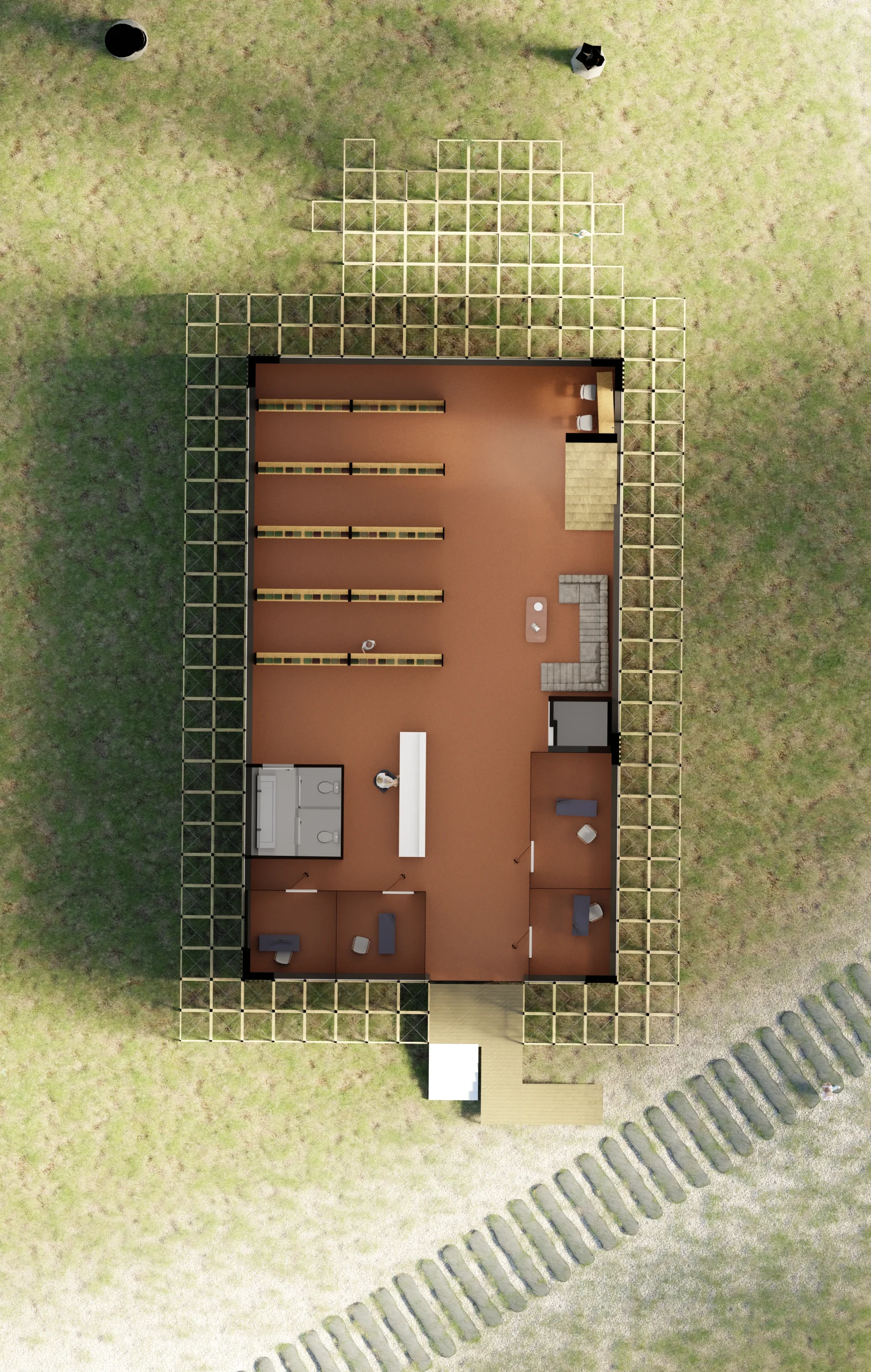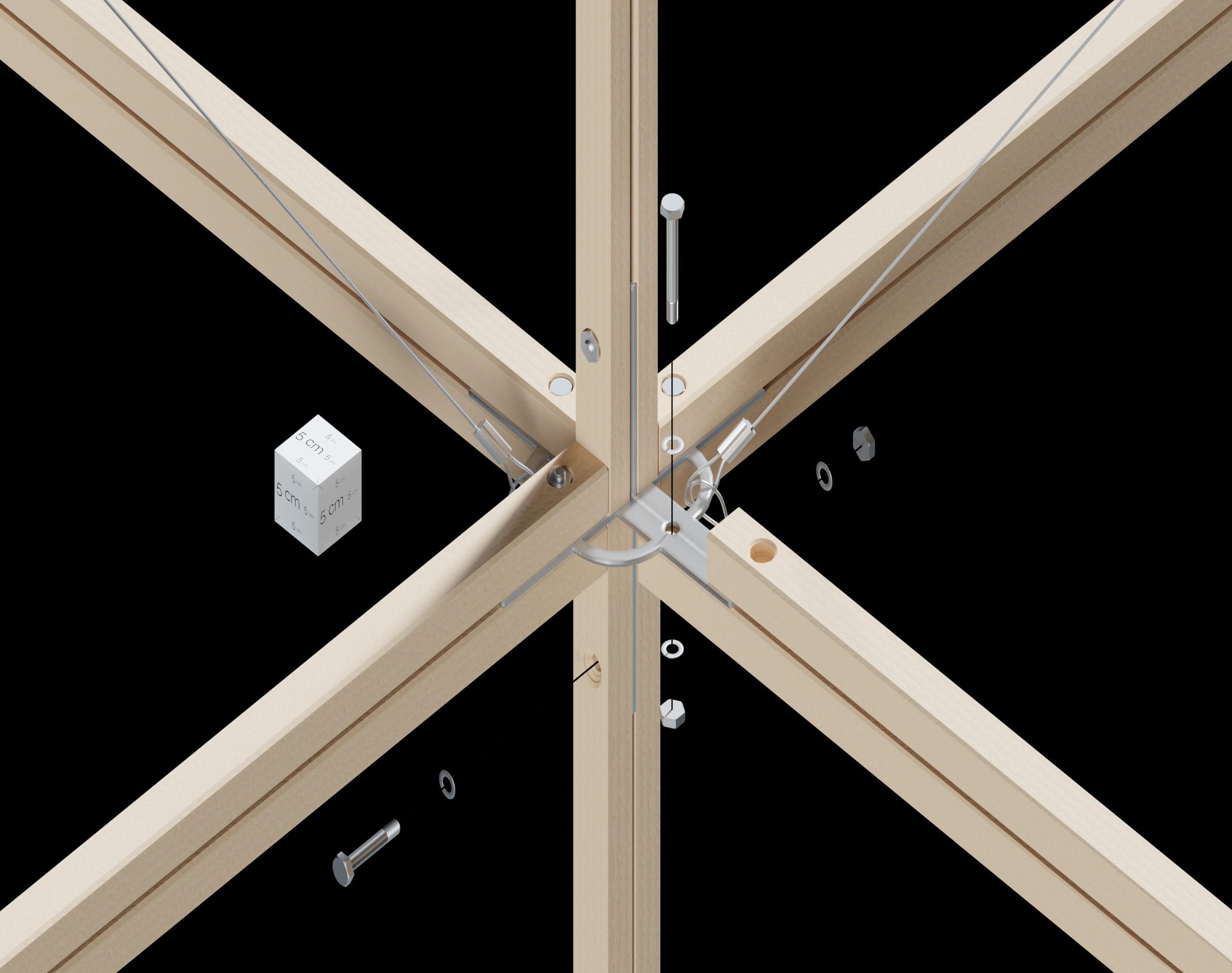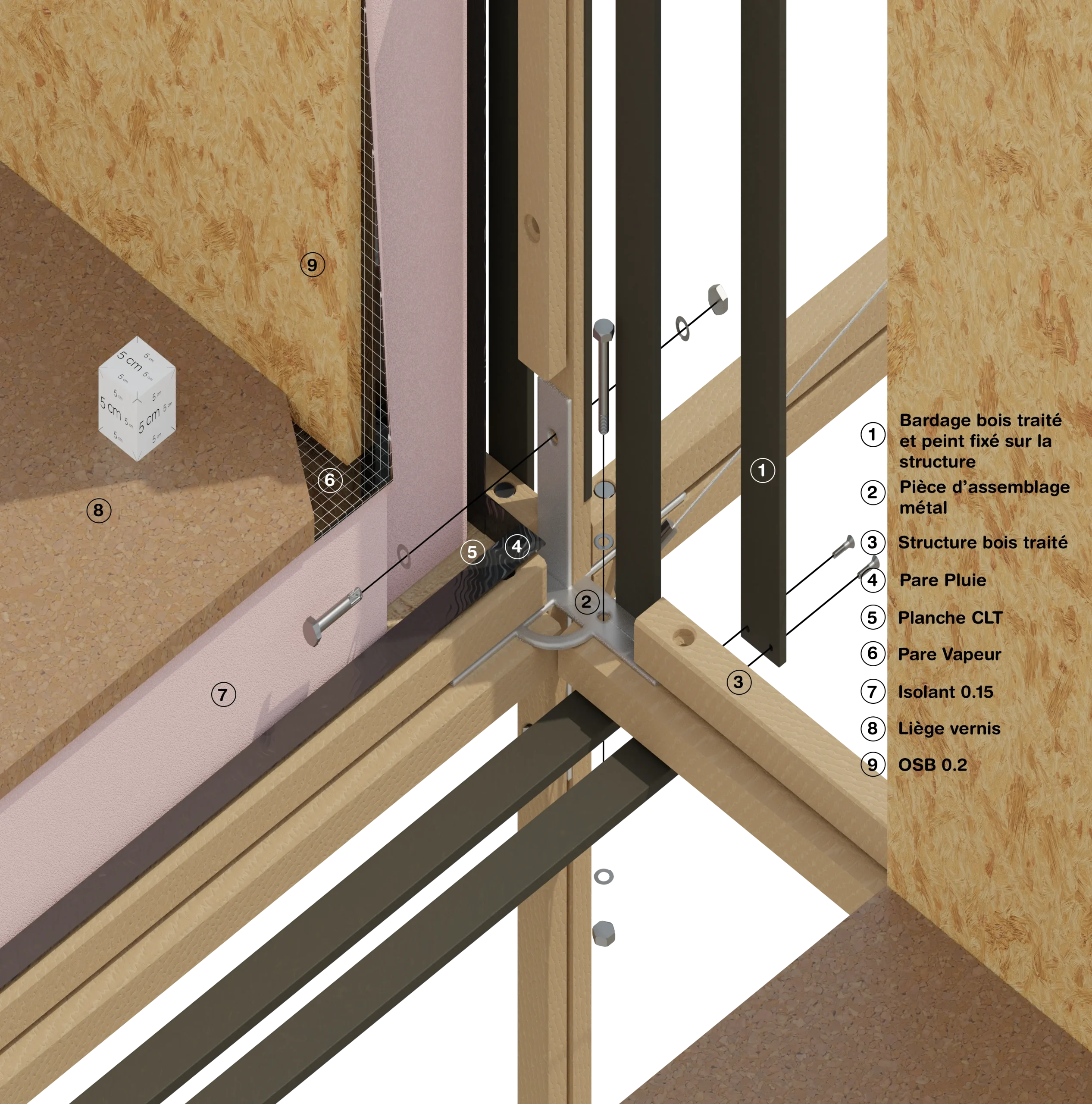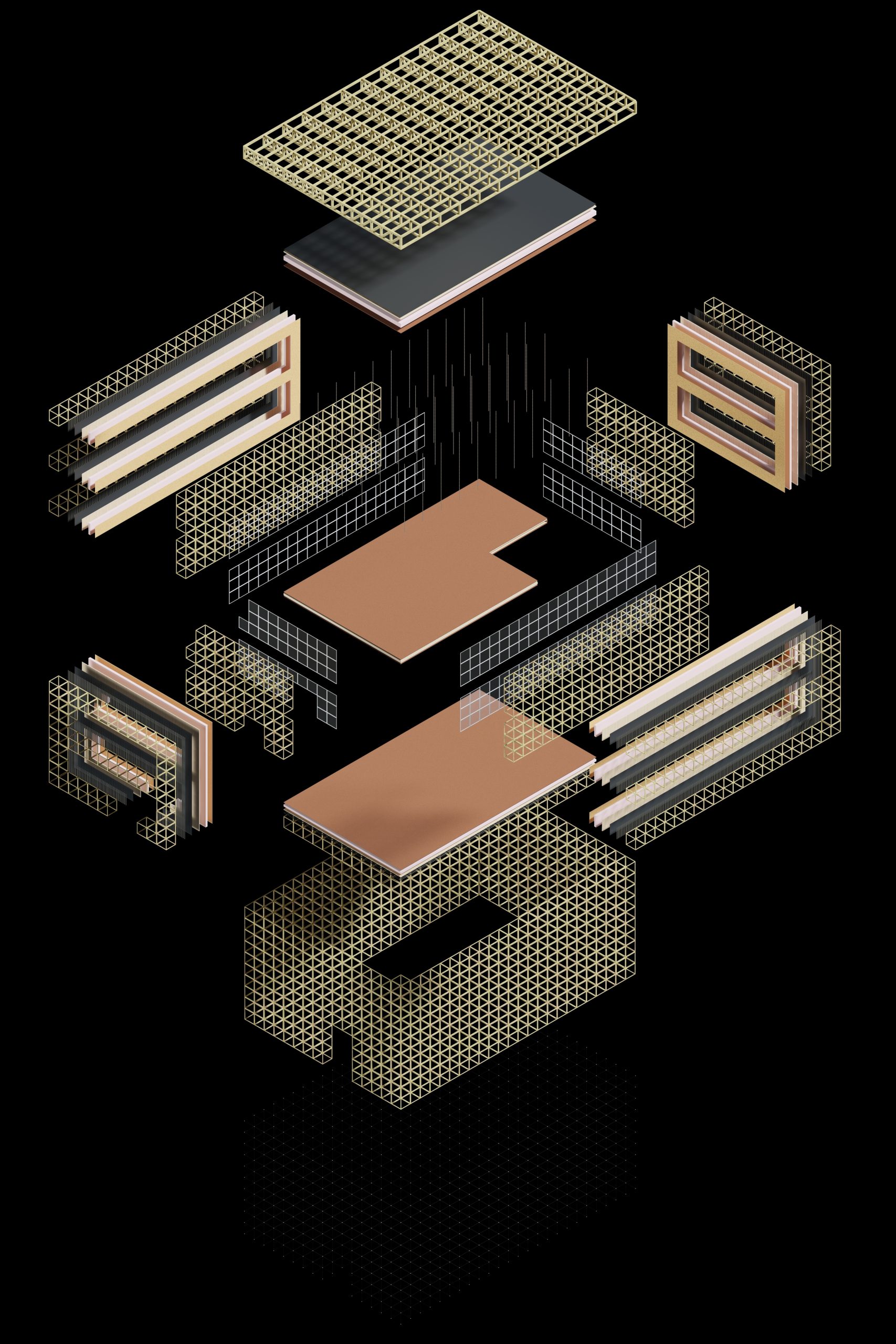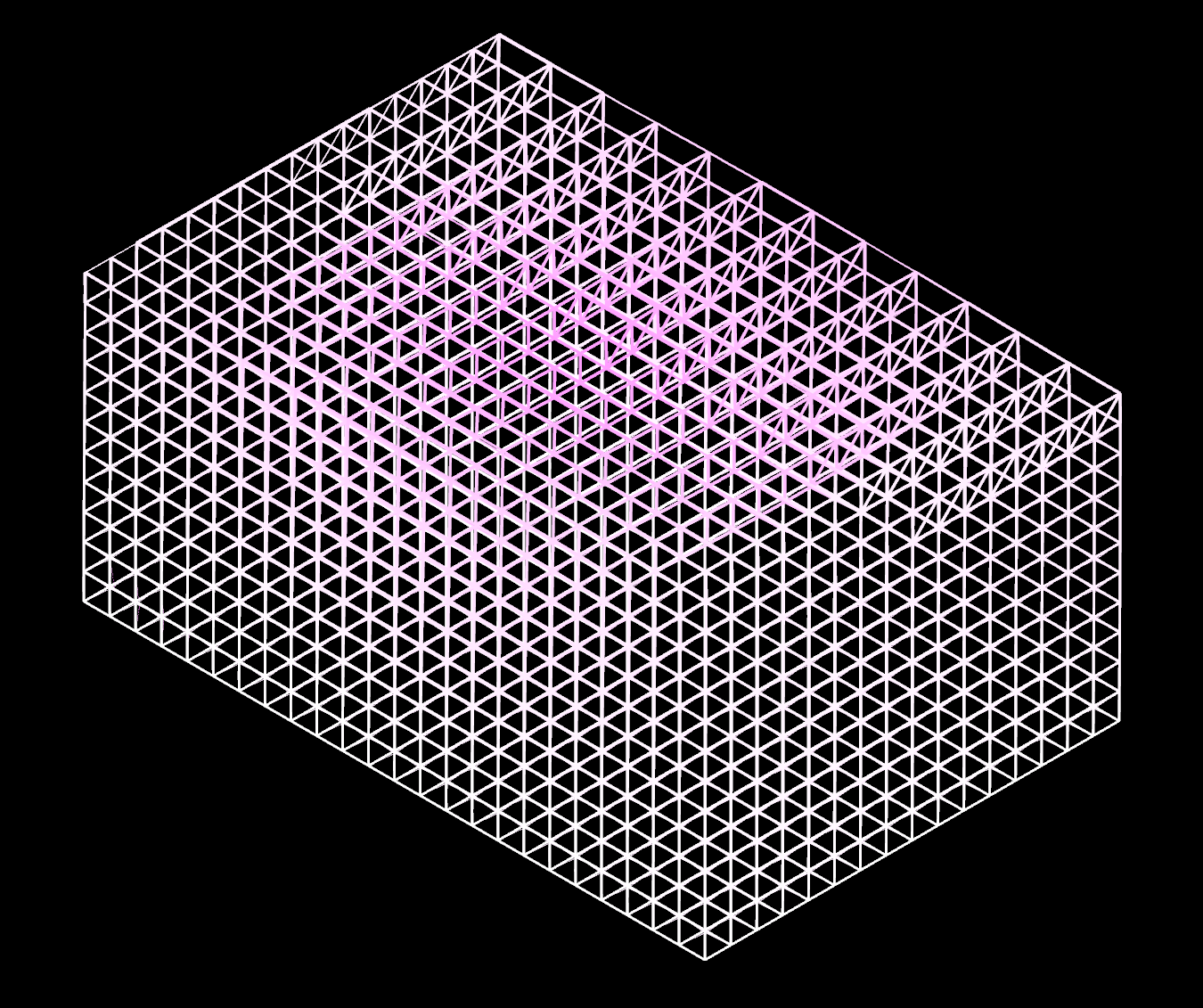Dreux is a 30 000 inhabitants town. Like its french counterparts, it suffers from the usual problems that come with it, the lack of dynamism. Both economical and cultural shortcomings explain the lack of life that inhabits it. It is too big to be content with its qualities, yet too small to assert itself in the area of influence of the biggest city of its departement, aswel as being caught up in the maelstrom of Paris’ influence.
It is still a town that is worthy examining, especially in the covid context I led this project in : french people were looking outside the usual area of metropolitan attraction, and Dreux presented a bunch of qualities, mainly the easy access to nature as well as its direct connection to Paris, especially by train.
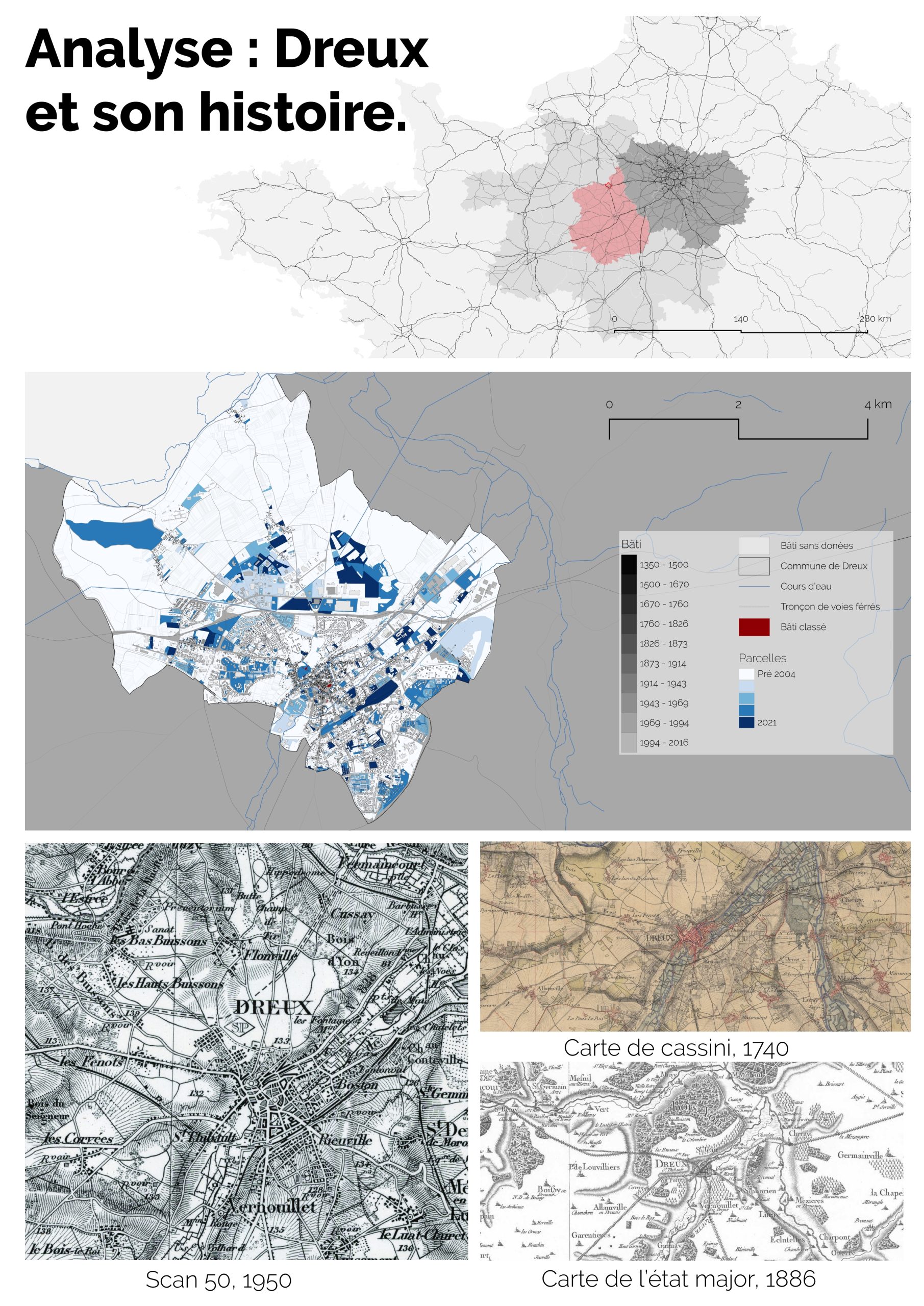
The historical aspect of Dreux is noteworthy, though its recent historical breakthrough happened with the election of a far-right mayor, a first in the country. I thought this was an interesting way of entering the subject of an art center for my studies.
That’s why the analysis examines the patrimony of Dreux, especially in the single-housing area. The thought is as follows : if the program is a contemporary art residency and place of interest, it has to connect with some kind of local neglected patrimony, so as to connect with its (too ?) proud population.
The happy finding around the proposed plot of land was a house occupied by a shoe magnate, Marcel Piquet, who was running Minelli. It was built by local grain traders, and it is a remarkable local house, though not very spectacular, both simple and intricate, using local architectural grammar.
Then, I applied preliminary structural and geometric work (hence the video) to the contemporary program, framing the house and freeing it from its original plot, building a vegetal plazza that joined the municipal park, where the townhall is located.
